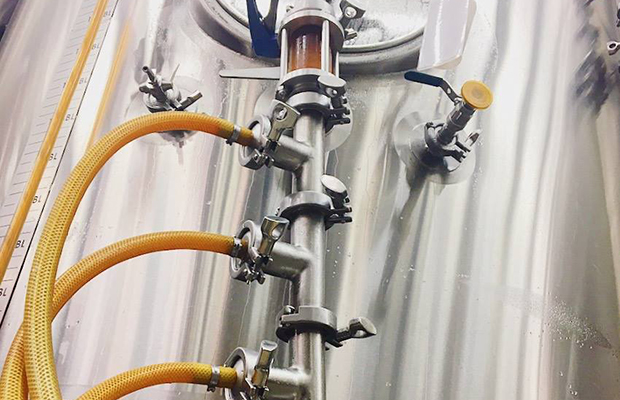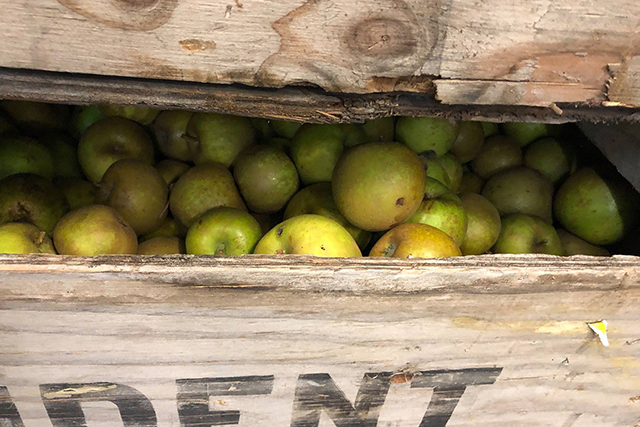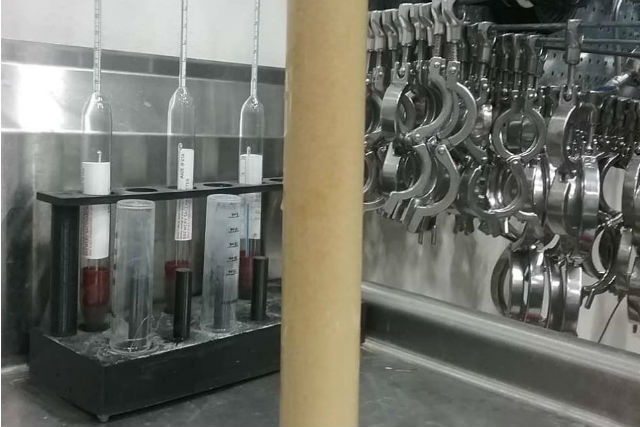
Some parts in your brewhouse you know are a problem, and some items never break … until they do!
Often, said Cascade Head Brewer Mike Mathis, you deal with issues that come up on a day-to-day basis. And although it may take a while to get completed for keeping up-to-date on preventative maintenance, it’s easy to overlook the things that never break down or need work.
“Those need to be listed somewhere that you check on frequently for other PM documentation,” Mathis told Brewer. “If it is something that a rep or tech needs to come and work on, keep those numbers posted at the specific items so everyone can make that call first instead of making numerous calls to get info that can be posted in the right area.”
An overlooked part of the process may be your chilling systems. However, they can become one of those things that go into the ‘it’s always been fine before’ category.
“This is not the best category for your lovely system,” said Ben Turkel, the Production & Brewery Manager for Boomtown Brewery. “It belongs in the ‘checking readings daily’ and the ‘giving the system a good once over every quarter’ categories. For us, that means looking at the reservoir temperature daily (we find this an early indicator if there is an issue) and going through the system/checking the depth of the reservoir quarterly.
“I think it’s also extremely important to have enough glycol to replace your lines and reservoir if there ever is an issue. There are few things worse than having tanks in heavy fermentation stages and having your glycol system go down.”
Turkel and Mathis laid out some of the checklist items need to keep up-to-date:
Weekly items typically included smaller items that get a lot of use: valves, tri-clamps, the RO machine, water heater, back of fermenters — these are some of the front-line items that the crew comes into contact with daily.
“Weekly checks ensure that the items in question are working properly and do not present a danger to the crew,” Turkel said.
Monthly items include the brewery’s chiller, pumps from/to water tanks, fans, and power boxes.
“Here we’re checking for any type of leaks, debris build-up, water damage, shorting wires, or other easy-to-fix issues that could become ‘oh no’ issues,” he said.
He added that they find that everything on the list needs to be checked at least quarterly. “There is nothing in the facility we feel that can sit for a year and not be checked for preventative maintenance,” Turkel said.
Mathis said it all ‘boils’ down to manufacturers’ recommendation, past experience for specific equipment, and being persistent with preventative maintenance.
“Some items are yearly based on state/federal guidelines, some items we know based on previous years and repair schedules that we need to do PMs on certain times of the year, and the rest falls on guidelines set for cGMPs,” he said. “From there it all falls into spreadsheets broken out into daily/monthly/yearly tasks.”
This way, if there is a blank space for an item that needs to be completed, at least it gives the crew a reminder that it needs to be done at a specific interval that is laid out in the SOPs and it can address it when it comes up.
“This way we can provide all of the QA/QC/PM data for new and current staff and to inspectors as needed,” Mathis said. “It takes a team effort to get it put together.”






Be the first to comment